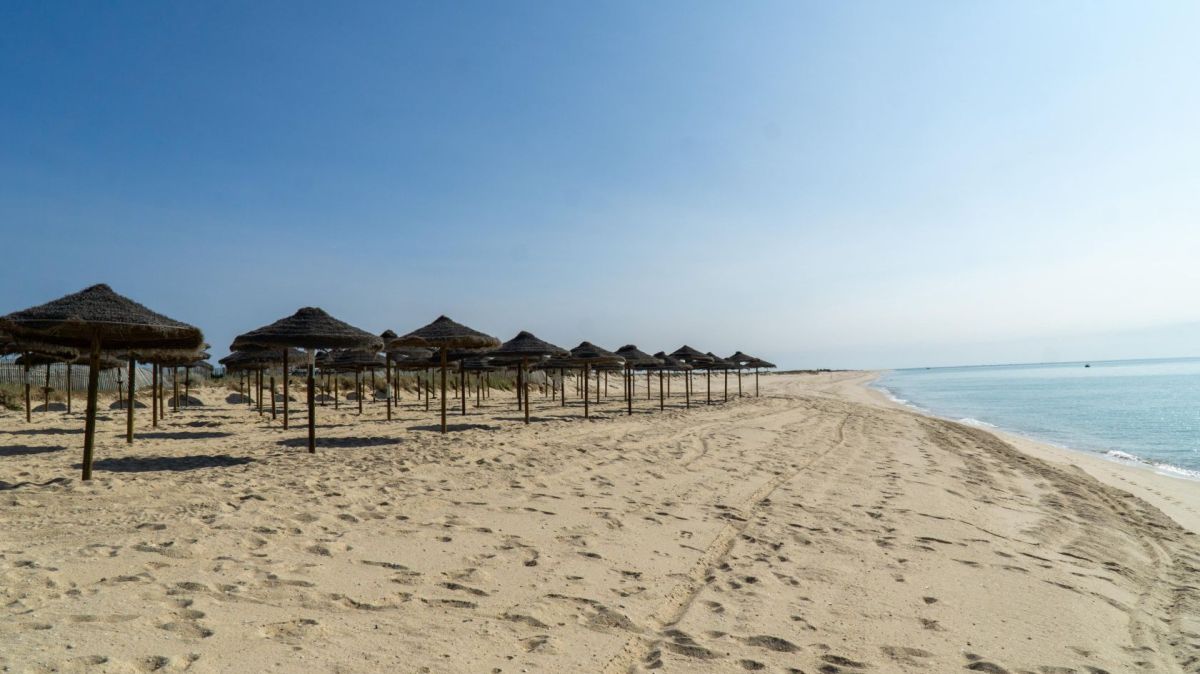In a note sent to the Lusa news agency, the Seixal City Council (CMS) explains that the flags were hoisted in response to an edict from the National Maritime Authority restricting access to areas affected by polluting debris.
The red flag indicates a total ban on entering the water, due to risky conditions, and is a warning sign for bathers, indicating that the area should not be used for bathing.
The local authority says it is monitoring the situation with the Lisbon Port Authority, the Portuguese Environment Agency, the Health Authority and the National Emergency and Civil Protection Authority. In addition to already raising the red flag, an information notice is also being posted on the panels on those beaches.
“The city government will continue to monitor the situation and will take the necessary measures to protect the health of the population,” emphasizes the CMS.
In a statement released today, the National Maritime Authority (AMN) announced that a source of pollution was detected on July 1, after a fuel spill occurred during a refuelling operation at the Lisbon Multipurpose Terminal (TML), in Santa Apolónia.
After receiving an alert at 3:55 p.m. reporting a pollution incident, the AMN explains that members of the Lisbon Port Authority, the Local Command of the Lisbon Maritime Police and members of the Port Authority immediately went to the scene.
The National Maritime Authority said that the Port Authority, in collaboration with the Port Authority, contained the pollutant and took all possible measures to mitigate the effects of the spill.
The Maritime Police collected samples of the pollutant material to preserve the evidence and for subsequent procedural investigation, which were delivered to the Environmental Reference Laboratory of the State Environmental Agency.
However, due to the appearance of debris in the sands of the Seixal area, in the district of Setúbal, the Port Authority of Lisbon, in coordination with the Portuguese Environment Agency and the Regional Health Authority, issued an edict restricting public access to the affected areas, where the pollutant is visible in the water or sand.















